The quality of tea is mainly judged by its color, aroma, taste, and appearance. However, for ordinary tea drinkers, when purchasing tea, they can usually only observe the shape and color of the dry leaves and smell the dry aroma, making it even more challenging to determine the tea's quality. Here is a brief introduction to methods for evaluating dry tea leaves. The appearance of dry tea is primarily assessed based on five aspects: tenderness, strip shape, color, uniformity, and cleanliness.
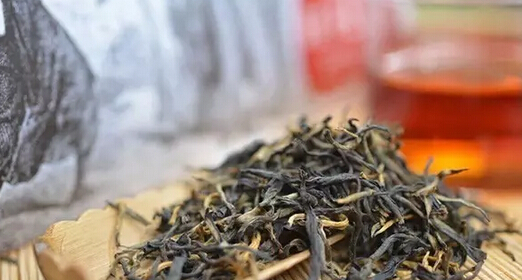
When buying tea, pay attention to the following aspects:
1. Tenderness
Generally, tea with good tenderness meets the appearance requirements ("smooth, flat, straight"). However, tenderness cannot be judged solely by the amount of fuzz, as different teas have specific requirements. For example, the finest Lion Peak Longjing has no fuzz on its surface. Using fuzz as a criterion for tenderness is only suitable for "fuzzy" teas like Mao Feng, Mao Jian, and Silver Needle.
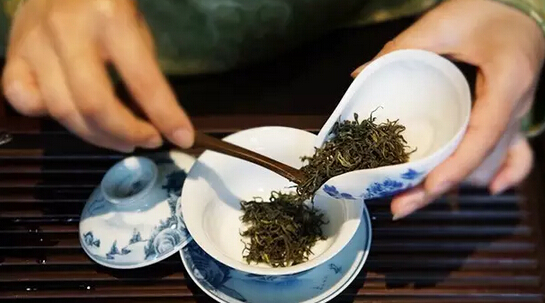
It should be noted that even the tenderest fresh leaves must have at least one bud and one leaf. Picking only the bud is inappropriate because the bud is an underdeveloped part with incomplete components, especially low chlorophyll content. Therefore, one should not pursue tenderness by using only buds to make tea.
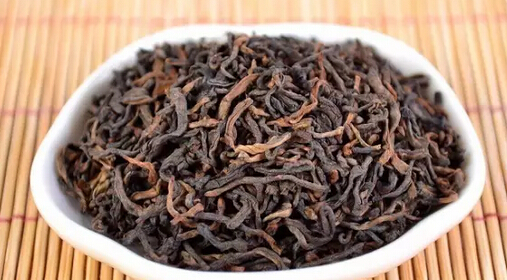
2. Strip Shape
Strip shape refers to the specific appearance specifications of different teas, such as strip-shaped for stir-fried green tea, round for pearl tea, flat for Longjing, and granular for broken black tea. For strip-shaped tea, observe its tightness, straightness, thickness, roundness, and weight; for round tea, observe the tightness, uniformity, weight, and solidity of the granules; for flat tea, observe the smoothness and whether it meets the specifications.
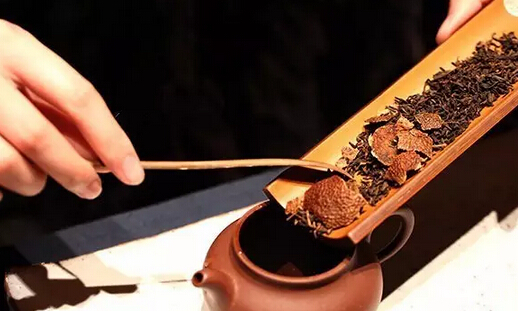
Generally, tightly rolled, heavy, and straight (except for flat tea) leaves indicate tender raw materials, good craftsmanship, and high quality. If the leaves are loose, flat (except for flat tea), broken, and have a smoky or burnt smell, it indicates old raw materials, poor craftsmanship, and low quality. Taking the strip shape standards of Hangzhou green tea as an example: Grade 1: Fine and tight with sharp tips; Grade 2: Tight and fine with some sharp tips; Grade 3: Moderately tight; Grade 4: Slightly tight; Grade 5: Slightly loose; Grade 6: Coarse and loose. Thus, tightness, solidity, and sharp tips are preferred.
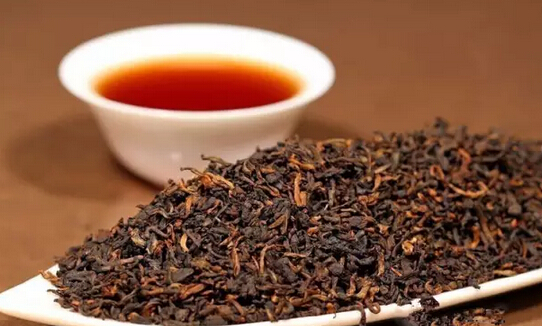
3. Color
The color of tea is closely related to the tenderness of the raw materials and the processing techniques. Different teas have specific color requirements, such as black and glossy for black tea, emerald green for green tea, bluish-brown for oolong tea, and black and oily for dark tea. However, regardless of the tea type, good tea should have a consistent color, bright luster, and a vibrant appearance. If the color is uneven, dull, or lacks luster, it indicates uneven raw material tenderness, poor craftsmanship, and low quality.
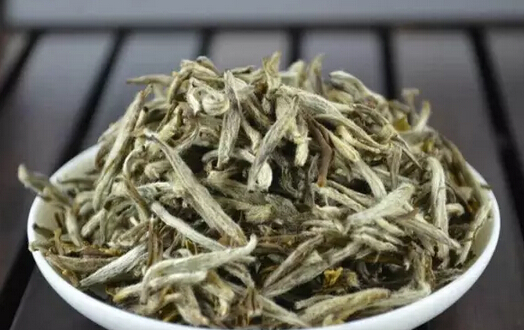
The color of tea is also greatly influenced by the tea's origin and season. For example, high-mountain green tea has a greenish-yellow hue and a bright, lively appearance, while low-mountain or plain tea has a deep green color. Improper processing techniques can also lead to poor color. When buying tea, judge based on the specific type of tea.
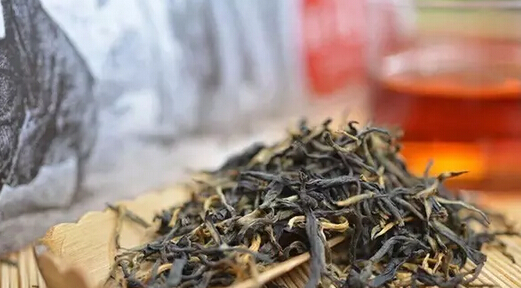
4. Uniformity
Uniformity refers to the shape and degree of breakage of the tea leaves. Evenness is preferred, while brokenness is inferior. In standard tea evaluation, tea leaves are placed on a tray (usually wooden) and rotated to form layers based on size, weight, thickness, and uniformity.
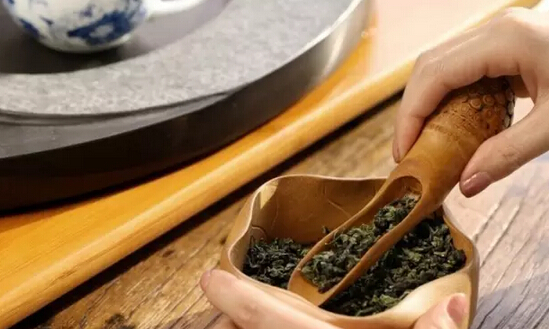
The coarsest leaves are on the top layer, the tightest and heaviest leaves are concentrated in the middle layer, and the broken and fine leaves settle at the bottom. For all tea types, a higher proportion of middle-layer leaves indicates better quality. The top layer usually consists of old leaves, resulting in a lighter taste and color, while the bottom layer contains more broken leaves, often leading to a stronger taste and darker color when brewed.
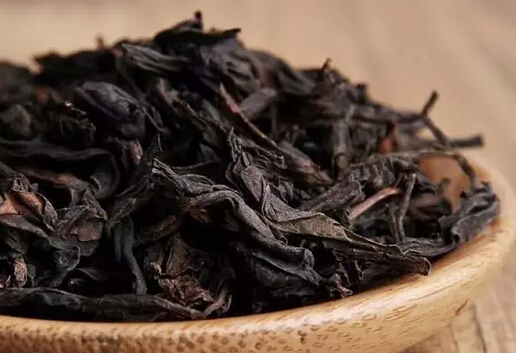
5. Cleanliness
Cleanliness refers to the presence of impurities such as tea flakes, stems, dust, seeds, or foreign materials like bamboo chips, wood fragments, lime, or sand mixed in during processing. High-quality tea should be free of any impurities. Additionally, the dry aroma of the tea can be used for evaluation. No tea should have off-odors. Each tea has a specific aroma, and the dry and wet aromas may differ. Off-odors like grassiness, smokiness, or staleness are unacceptable.
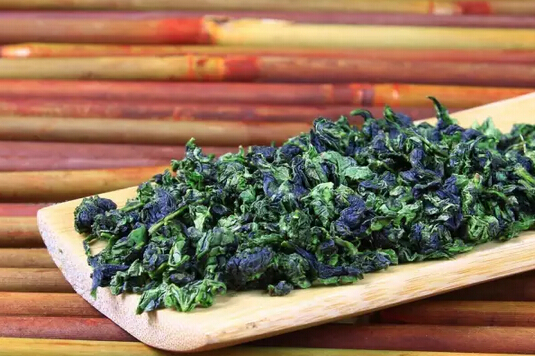
The easiest way to judge tea quality is by tasting the brewed tea, evaluating its flavor, aroma, and the color of the leaves and liquor. Therefore, if possible, try brewing the tea before purchasing. If you have a particular preference for a certain tea, it is best to research its characteristics in terms of color, aroma, taste, and appearance. Compare the teas you buy each time, and over time, you will quickly master the key points.
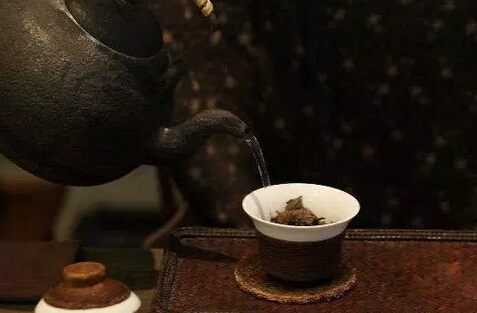
There are countless varieties of tea in China, and it is unlikely for non-professionals to judge the quality of every type. Most people only focus on a few favorites. Teas from their place of origin are generally more authentic, but differences in processing skills can still result in varying quality levels.
For more tea information, search for the WeChat ID "chayewang1" to follow Tea Net.